Georgia has had long contact with outsiders who entered and began getting to know it, both those hostile and seeking to conquer it and those who were conquered by its beauty and numerous charms. The 19th century really saw the numbers of such visitors increase and, as this century had also seen the birth and popularization of photography in its 3rd decade, many of the country’s first photographs were taken by foreign visitors as well as by Georgians themselves
Typically the equipment used was large, unwieldy, slow, tripod-mounted, manually focused and using only natural light. Before the convenience of film, a single large glass plate was coated with light-sensitive photographic emulsion in as near total darkness as possible, dried, then stored and transported in the same darkness. It would then be inserted into the back of the camera box, adjustments of focus and aperture made, and the image recorded, possibly lasting some seconds but up to a few minutes if indoors and using window light.
Subjects had to remain as still as possible during the process so as to avoid being blurred during the exposure; with varying degrees of success. That gave you ONE image; repeat as many times as necessary for more. None of this point and click!
The resulting negative, for some decades only in black and white, could then be chemically fixed on the glass, and light passed through it onto photographic paper in a darkroom to make a positive, or print.

By Vittorio Sella
If one takes into account the levels of comfort on roads and rural areas in the 19th century, transporting one’s entire body of equipment intact around a country must not have been cheap or easy. The carriages and horses or donkeys needed, plus perhaps drivers and porters, all added to the expense and slowness of pace. Many village roads would have been far rougher, and more subject to the vagaries of weather muddying or freezing them up, than today, when they can nonetheless be a challenge. It is perhaps a wonder that photographs were taken at all; but as someone himself obsessed with the art and craft, this writer can attest that one does what one can to record the moment, in any situation.
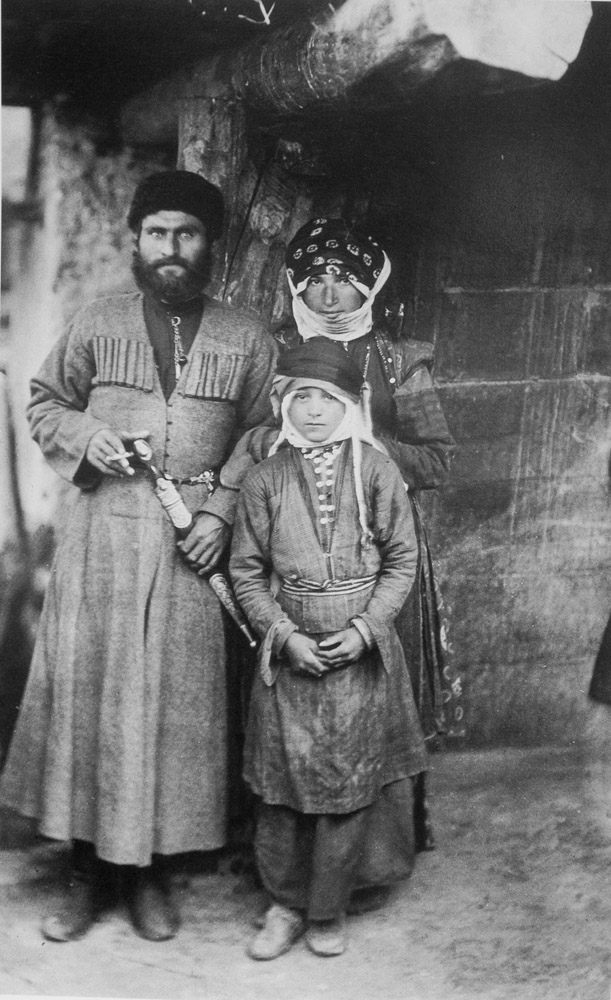
By Vittorio Sella
Some of Georgia’s early photographers were Russians, and the country itself already absorbed into the Russian Empire, so whether they were foreigners or not is an open question. Others were definitely from beyond the pale, further away. One of the most famous of the former is Dmitri Yermakov (1846-1916); of the latter, Vittorio Sella (1859-1943). However, one must also include many others, and many Georgians too, especially such as Aleksandre Roinashvili (1846-98), rightly considered the father of Georgian photography, for a complete study of the period’s noted regional artists in the medium, active anywhere from Tbilisi itself to as far away from it as they could reach.
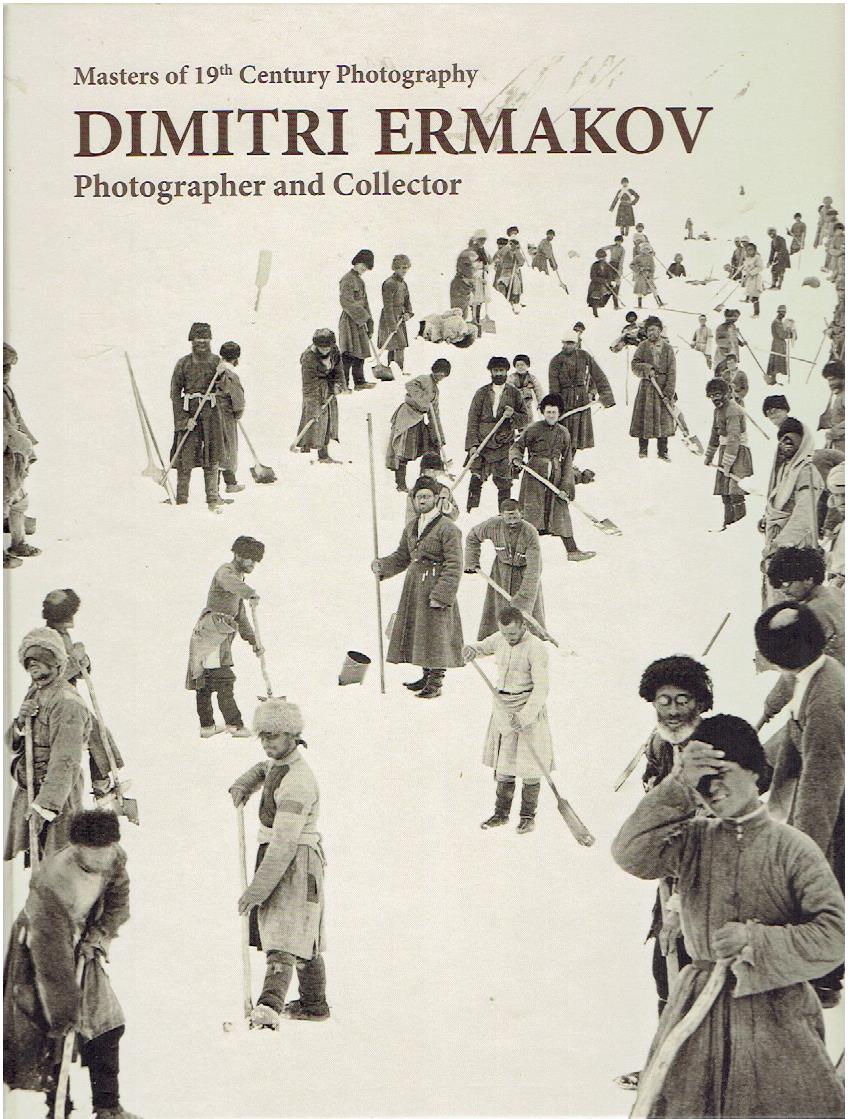
Yermakov was important as both a photographer of Georgia and elsewhere, and as one who collected and thus successfully preserved the images of many Georgian photographers of his day. In this way he reached far beyond his own body of work, multiplied what he could do alone many times over, and widened the photographic record of his times into many genres and styles, lovingly gathered and assured an audience for decades and centuries to come. He amassed 119 albums, nearly 26000 photos, over 15000 negatives and almost 28000 stereoscopic images.
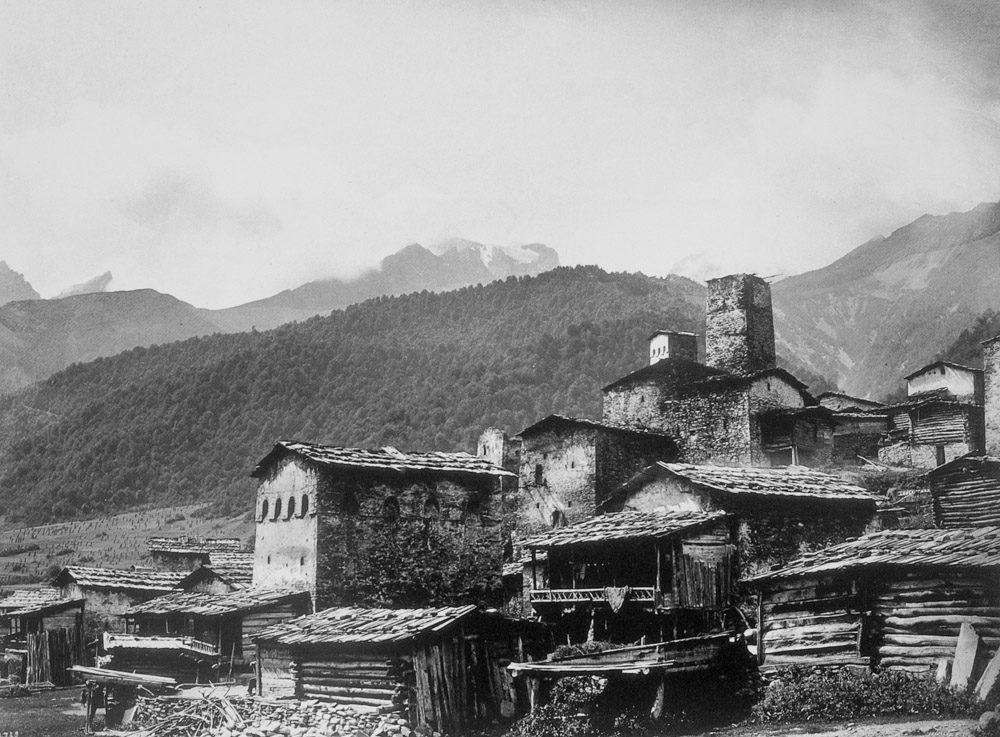
By Vittorio Sella
Vittorio Sella, hailing from the town of Biella in northern Italy, was both a mountaineer and a photographer, visiting the high places of Racha and Svaneti 3 times. He scaled 30 peaks in the general Caucasus, too. Svaneti was his main focus, and here his name is revered amongst much of the population, his works on display everywhere. The main road through the Svaneti he knew was nothing more than a horse track, Ushguli waiting until 1929 or so to see its first automobile-navigable road. Challenging conditions for the box-camera photographer indeed. Sella was also active in other mountainous regions of the world, including the mighty Himalayas and Alaska. His work includes not only magnificent landscapes and multi-plate panoramas but also wonderful outdoor portraits of both famous and unknown people in their village and home settings. And he named his daughter Tinatin in honor of the country where much of his best photography was done. This writer has had the honor of visiting his home town and residence in the early 2000s, meeting his elderly grandson who managed his extensive, fragile archive of glass negatives.
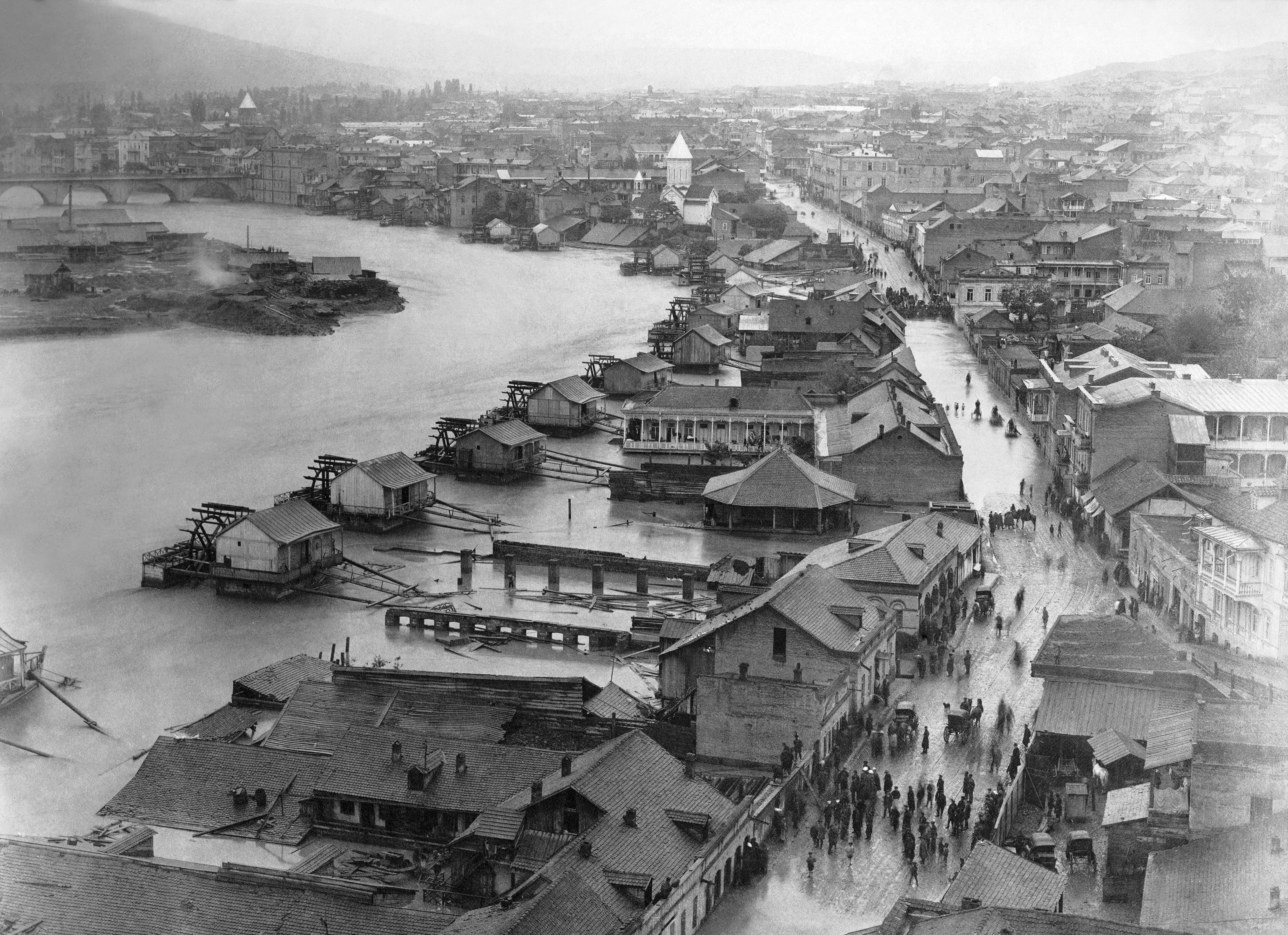
By Dmitri Yermakov
Finally we turn to Roinashvili, born in mountainous Dusheti and educated in the Khlamov studio of what was then called Tiflis. He began his own independent photographic career and studio there in 1865, and even set up a traveling museum of photography which moved around Georgia and elsewhere in Russia proper, showing many people such images for their first time ever. His work concentrated on both landscapes and images of famous intellectuals of his day. He is regarded as the premier pioneer of the art among his people.
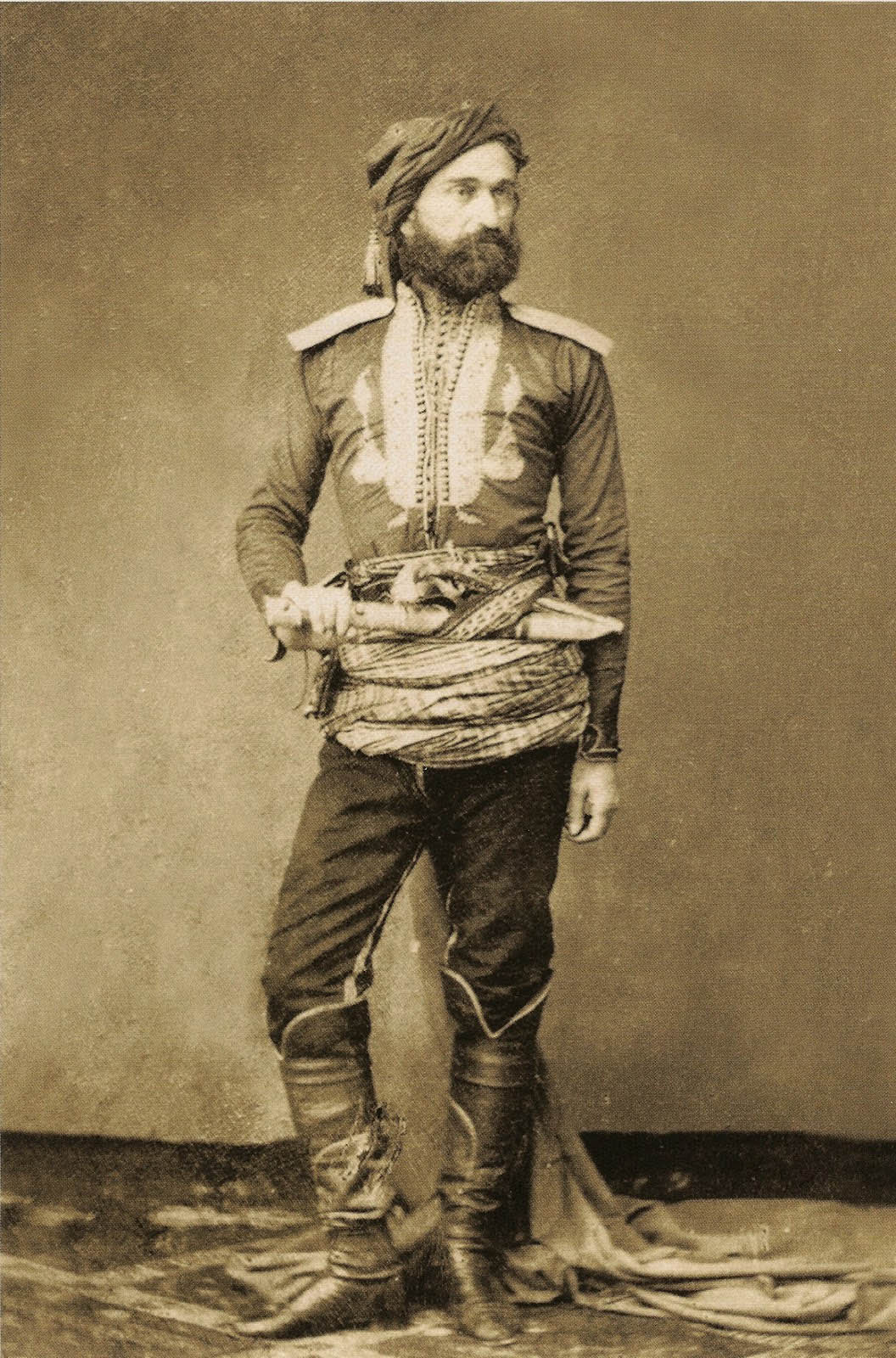
Gurian Prince, by Aleksandre Roinashvili
Photographs helped introduce many thousands of people to a land of which they had perhaps never even heard, in all its exotic nature. No doubt many of them were also spurred to visit Georgia for themselves. Writers had done a similar job for some centuries already, and continue to do so to this day (as do photographers and more recently filmmakers, the latter beginning in the early 20th century). Now, when images, sound, video and words recorded a second ago can reach practically anywhere on the planet, Georgia is being rediscovered all over again. Rightfully so, the attention much deserved, the visitors usually richly rewarded for their efforts.
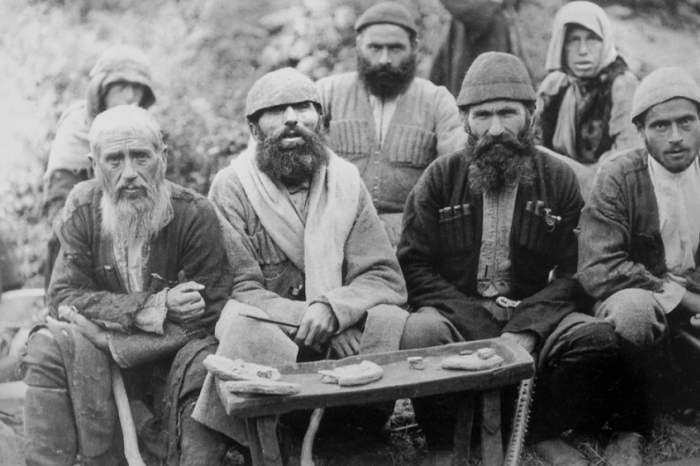
By Dmitri Yermakov
Tony Hanmer has lived in Georgia since 1999, in Svaneti since 2007, and been a weekly writer and photographer for Georgia Today since early 2011. He runs the “Svaneti Renaissance” Facebook group, now with nearly 2000 members, at www.facebook.com/groups/SvanetiRenaissance/
He and his wife also run their own guest house in Etseri:
